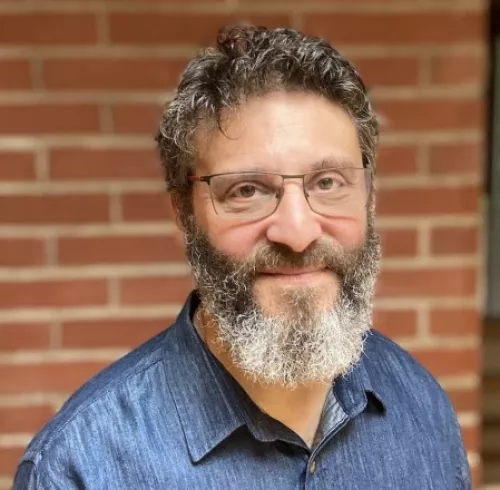
Philip Sabes is a Professor Emeritus at UCSF and a neurotechnology startup founder.
Background
Dr. Sabes studied Physics as undergradute at Washington University and then completed a second bachelors degree in Mathematics at Cambridge University (Trinity College) as a Marshall Scholar. Dr. Sabes then went to MIT, where obtained his PhD in Brain and Cognitive Sciences, in Michael I. Jordan's lab, focusing on machine learning and human motor control. He then did his postdoctoral research in neurophysiology at Caltech and the Salk Institute, working with both Richard Andersen and Terry Sejnowski, before joining the UCSF Department of Physiology in 2000.
UCSF Lab
Sensorimotor Neuroscience. The Sabes Lab studied how sensory and motor experience shapes movement control and the underlying brain circuits. For example, the lab showed that visual and somatosensory feedback are flexibly and adaptively combined within individual computations, enabling more precise limb movement (Sober and Sabes, 2003 & 2005). The lab then showed how this kind of flexible information flow can explain the complex sensorimotor representations seen in the primate cortex (McGuire and Sabes, 2009). They also showed how these representations are continually changing -- incorporating the statistics of recent movements to optimize the next movement (Verstynen and Sabes, 2011; Cheng and Sabes, 2006). The lab demonstrated that non-human primates can learn to use entirely novel, artificial sensory feedback as if it were a natural sensory signal. Specifically, the primates learned to interpret electrical microstimulation as multidimensional feedback about limb position. These results have clear application in delivering artificial sensory feedback via a Brain Machine Interface (Dadarlat, O'Doherty and Sabes, 2015).
Brain Interfaces. The biggest bottleneck for conducting neuroscience in large brains is our limited ability to record and influence activity patterns, especially deep in the brain. To expand this ability, the lab also built new tools for Brain Interfacing. They developed the first centimeter-scale optogenetic interface in primates which allowed them to study stimulation-induced plasticity between brain areas (Yazdan-Shahmorad et al., 2016 & 2018). The lab also develop the most flexible and scalable approach to-date for electrode-based brain interfacing -- a novel "sewing-machine" approach for robotically placing many micron-scale, thin-film devices to individually specified locations even deep in the brain (Hanson, et al., 2019, in collaboration with the Maharbiz lab at UC Berkeley).
Brain Interfacing for Clinical Applications
Dr. Sabes was asked to help build the founding team of Neuralink, and in 2017 he retired from UCSF in order to work full time on this groundbreaking company. While he was at Neuralink, the company refined the sewing-machine approach to brain interfacing started in his lab, demonstrating 1000+ channels of robotically-inserted, micron-scale thin-film electrodes with a fully implanted, wireless interface. Since leaving Neuralink, Philip has focused on brain interfacing for Neuromodulation. In 2020 he co-founded Starfish Neuroscience, which is working on non-invasive Neuromodulation as well as advanced implantable brain interfaces. He is currently working on a new startup, Integral Neurotechnologies, with the goal of treating psychiatric and neurological disorders and advancing human neuroscience.